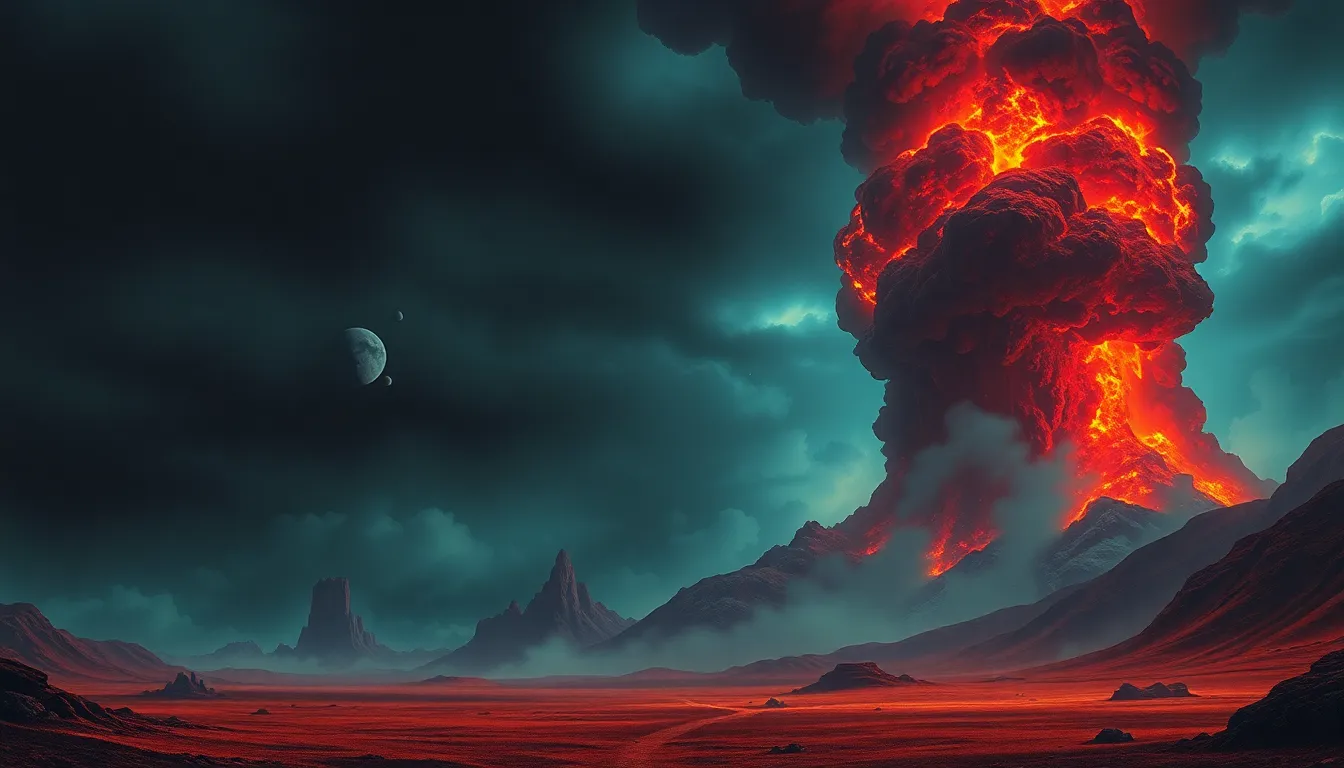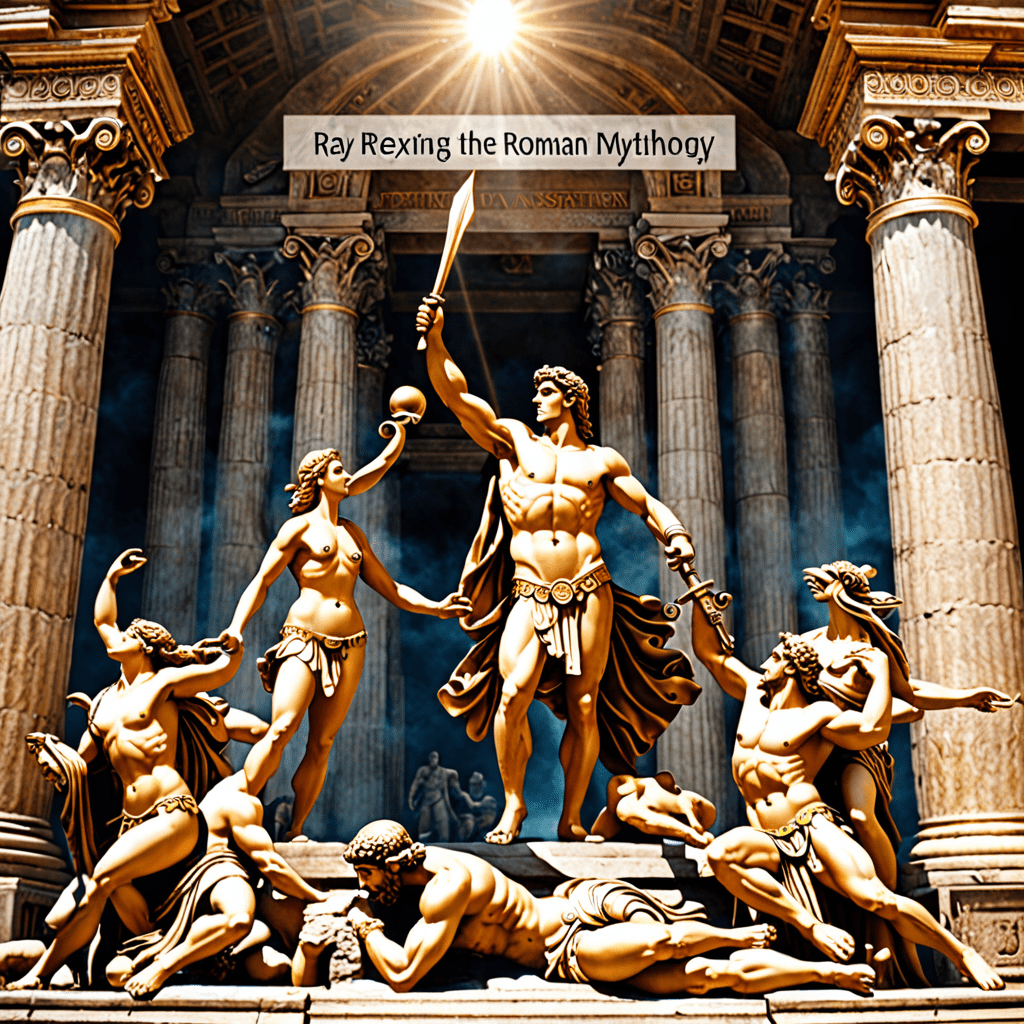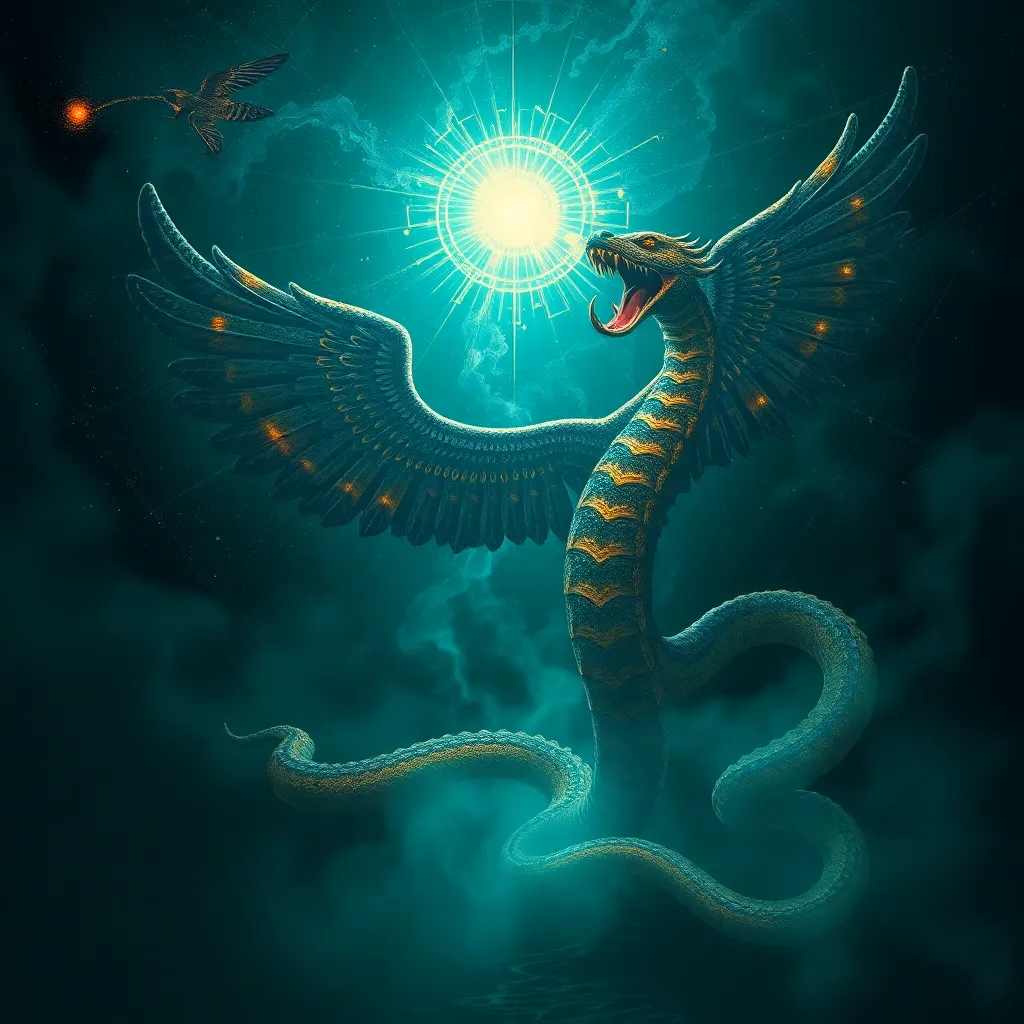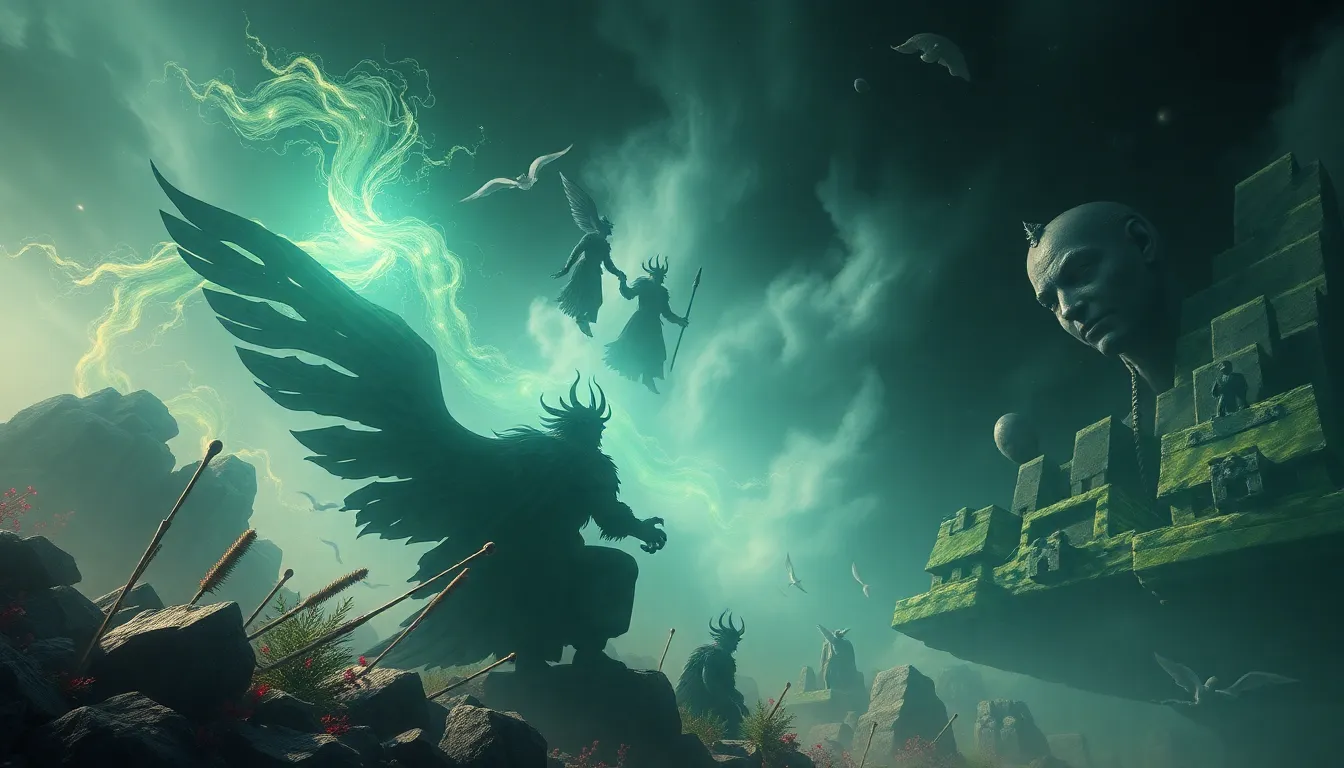A History of Doomsday: Myths That Shaped Our Fears
I. Introduction
Doomsday, often defined as the end of the world or a catastrophic event leading to the destruction of civilization, has been a recurring theme throughout human history. From ancient civilizations to modern societies, the fear of an impending apocalypse has driven myths, religious beliefs, and cultural narratives that reflect humanity’s deepest anxieties.
Myths of doomsday hold significant importance across various cultures, serving as cautionary tales, moral lessons, or reflections of societal fears. They have evolved over time, adapting to the contexts of different eras while continuing to resonate with the existential concerns of humanity.
The purpose of this article is to explore the evolution of doomsday myths and their impact on societal fears, tracing their origins from ancient civilizations to contemporary narratives.
II. Ancient Civilizations and Their Apocalyptic Visions
Ancient civilizations often constructed elaborate myths about the end of the world, with narratives that reflected their understanding of nature, morality, and cosmic order.
A. Mesopotamian myths: The Epic of Gilgamesh and the Flood
In Mesopotamian mythology, the Epic of Gilgamesh recounts a great flood that wiped out humanity, a story that parallels the biblical account of Noah. This myth suggests a divine response to human wickedness, establishing a theme of judgment and renewal.
B. Egyptian beliefs: The End of the World in the Book of the Dead
The ancient Egyptians envisioned a cyclical view of time, where death and rebirth were central. In the Book of the Dead, the journey through the afterlife culminates in judgment, reflecting their beliefs about moral conduct and the consequences of one’s actions.
C. Mayan calendar and the 2012 phenomenon
The Mayan civilization’s calendar system sparked modern fascination with doomsday prophecies. The end of the 13th baktun in 2012 was mistakenly interpreted by some as a prediction of the apocalypse, demonstrating how ancient beliefs can influence contemporary fears.
III. Religious Texts and Prophetic Traditions
Religious texts across various faiths have contributed significantly to doomsday narratives, framing the end of the world in moral and theological terms.
A. The Book of Revelation: Christianity’s vision of the end times
The Book of Revelation depicts a vivid and terrifying vision of the end times, featuring apocalyptic imagery, the final battle between good and evil, and the establishment of a new heaven and earth. This text has inspired countless interpretations and fears about the impending apocalypse.
B. Islamic eschatology: The Day of Judgment in the Quran
Islamic teachings emphasize the Day of Judgment, where all individuals will be resurrected and held accountable for their deeds. This belief instills a sense of urgency in moral conduct and reinforces the significance of faith in the face of existential fears.
C. Hindu cosmology: Cycles of creation and destruction
Hindu cosmology presents a cyclical view of time, where the universe undergoes endless cycles of creation (srishti) and destruction (pralaya). This perspective offers a different understanding of doomsday, one that emphasizes renewal rather than finality.
IV. Medieval Fears: Plagues, Wars, and the Apocalypse
The medieval period was marked by immense societal turmoil, leading to heightened apocalyptic fears fueled by plagues, wars, and religious fervor.
A. The Black Death and its apocalyptic interpretations
The Black Death in the 14th century decimated Europe’s population, leading many to interpret the plague as divine punishment, a sign of the impending apocalypse. This catastrophic event reshaped societal beliefs about morality and fate.
B. The Crusades and the idea of a holy war leading to end times
The Crusades were framed as holy wars, with the belief that they would either usher in a divine kingdom or result in apocalyptic consequences for those who opposed the faithful. This conflation of warfare and eschatology fueled widespread fears across Christendom.
C. Witch hunts and societal fears of moral decay
During the late medieval period, witch hunts emerged as a response to societal fears of moral decay and spiritual corruption. Accusations of witchcraft often reflected broader anxieties about the apocalypse and the perceived collapse of social order.
V. Doomsday Myths in Literature and Art
The themes of doomsday and apocalypse have profoundly influenced literature and art, serving as a canvas for exploring human fears and moral dilemmas.
A. The influence of doomsday themes in classical literature
Classical literature, including works by authors like Dante and Milton, often grappled with themes of judgment and the end of the world. These narratives served both as warnings and reflections of the human condition.
B. Artistic representations of apocalypse: From Hieronymus Bosch to modern artists
Artists like Hieronymus Bosch captured the chaos and terror of apocalyptic visions in their works, while modern artists continue to explore these themes through various mediums, reflecting contemporary anxieties about the future.
C. The role of dystopian literature in shaping contemporary fears
Dystopian literature, from George Orwell’s “1984” to Margaret Atwood’s “The Handmaid’s Tale,” reflects societal fears of totalitarianism, environmental collapse, and moral decay, illustrating how doomsday myths adapt to modern contexts.
VI. The Rise of Scientific Doomsday Scenarios
As scientific understanding advanced, apocalyptic fears began to shift toward more empirical concerns, particularly in relation to technology and the environment.
A. The impact of the Industrial Revolution on apocalyptic fears
The Industrial Revolution brought about rapid change, leading to fears of environmental degradation and societal upheaval. The consequences of unchecked industrialization raised alarms about humanity’s future.
B. Nuclear anxiety during the Cold War: Mutually Assured Destruction
The Cold War introduced the concept of Mutually Assured Destruction (MAD), where the threat of nuclear annihilation loomed large, shaping public perception of an imminent doomsday scenario.
C. Climate change and the modern-day doomsday narrative
In contemporary society, climate change has emerged as a pressing doomsday narrative, with scientists warning of irreversible damage to the planet. This ongoing crisis reflects deep-seated fears about the future and the survival of humanity.
VII. Pop Culture and the Doomsday Phenomenon
Popular culture has embraced doomsday themes, reflecting and shaping societal fears through various forms of media.
A. Doomsday films and their societal implications
Films such as “Mad Max,” “The Road,” and “Children of Men” explore post-apocalyptic scenarios, often serving as cautionary tales about societal collapse and human resilience.
B. Video games and interactive entertainment: Engaging with apocalyptic themes
Video games like “The Last of Us” and “Fallout” allow players to explore dystopian worlds, engaging with themes of survival and morality in the face of catastrophe, reflecting societal concerns in an interactive format.
C. The influence of conspiracy theories on public perception of doomsday
Conspiracy theories often proliferate in times of uncertainty, with doomsday scenarios gaining traction among certain groups. These theories can shape public perception and behavior, further embedding apocalyptic fears in the societal psyche.
VIII. Psychological Impact of Doomsday Myths
The pervasive nature of doomsday myths has profound psychological implications, influencing human behavior and societal dynamics.
A. The role of fear in shaping human behavior and decision-making
Fear of impending doom can lead to drastic changes in behavior, prompting individuals and societies to engage in preparedness, or conversely, to deny or ignore potential threats.
B. Anxiety and existential dread in the modern age
In an age characterized by rapid




